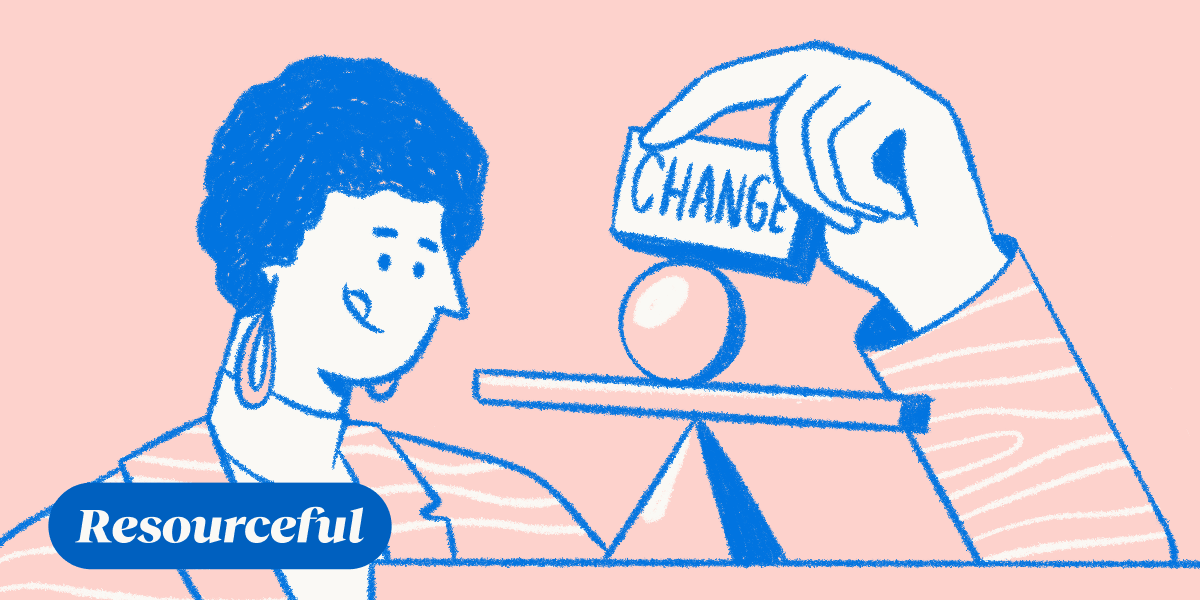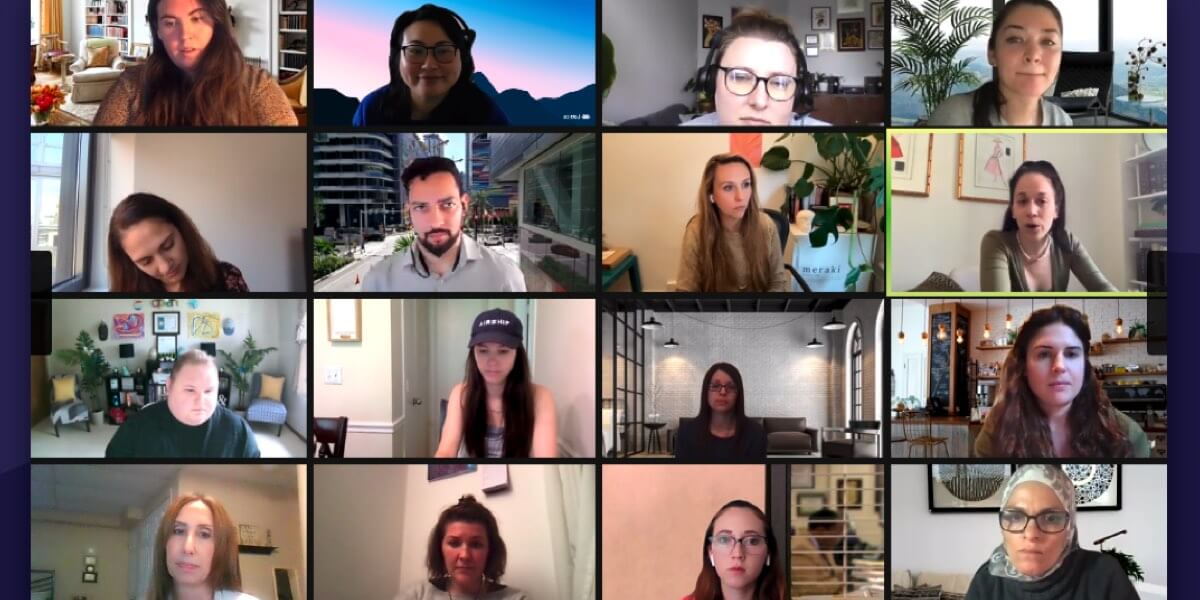Welcome to Resourceful, Lattice's guest column for leaders working on the cutting edge of People strategy. Whether you're looking for tactical tips or big-picture ideas, our authors' advice can make you a more effective HR leader. Subscribe and never miss a column.
—
Since the first time I took a leadership role and suggested a new way of doing something, I’ve heard “Good luck with that! These people hate change.”
It didn’t sit right with me then and has never settled since. People don’t hate change. People hate poorly managed change. Navigating change is the foundational responsibility of leadership, so while there are plenty of articles to read justifying why people don’t like change, I’d like to propose that it isn’t change that frustrates people, it’s leadership.
Still, change isn’t easy. Few meaningful achievements come prepackaged. Despite the difficulty, I have experienced enjoyable change — not just worth it when weighing the frustrations against the results, but genuinely enjoyable. To experience this, you have to understand what gives people confidence during change.
People enjoy change when they know where they are going and why.
This is about building trust and learning to spend it effectively. When you communicate change, you’re saying, “Trust me, we are going somewhere better.”
When you communicate clearly and follow through, you gain trust. Organizations often fall into the trap of communicating the big vision but never breaking it down into actionable pieces. Big visions are exciting, but they are never achieved without encountering the unexpected. The lack of clarity leaves a lot of room for miscommunication and mistakes.
The issue I see most often is that individuals hear about change through a slideshow and then it happens to them. By having no connection to the change, every mistake represents a breach in trust rather than an opportunity to step up. When you break change into actionable pieces and communicate to people individually, you invite people to be a part of the solution when the unexpected inevitably happens.
People enjoy change when they feel valued.
When presented with change, it’s natural to ask yourself: “How does this affect me?” If people in your organization aren’t confident that they are valued and their work is valuable, it is easy for them to assume the change has negative consequences for them. However, when people are confident in their work and their value to the company, it’s more difficult to imagine that the change wouldn’t work out for them and the company.
This reality, however, isn’t something you can turn on for an upcoming change and then turn off. It’s a byproduct of a culture that values rewarding, coaching, and correcting performance. I encourage every company to pursue this as a constant, but if you're behind and have an upcoming change, understand that you will need to communicate people’s value to help them feel confident about the transition.
People like change when working together.
Nobody likes a group project where they are the only one doing the work. However, when people see a common goal and everyone contributes to the effort, a little extra responsibility feels more like collaboration and less like a burden. Delegating responsibility is a core component to building ownership on your team and if there is one thing that makes change enjoyable from a leader's perspective, it is people taking ownership of the work and the results.
What should change look like?
I recently designed a roll-out strategy for a company looking to onboard Lattice as a people management solution. One of my favorite things about Lattice is that you can turn features on one at a time. This is really great for building momentum and confidence in the midst of change. As a contractor with the primary role of developing culture and coaching leadership, these are the rules I laid out for the organization:
- Implement software tools one at a time. Implementing more than one tool at a time can confuse priority.
- One-on-ones should be implemented first. Effective one-on-ones are a foundational component of a healthy culture.
- You can’t implement a tool that you haven’t developed the skills for. Technology doesn’t replace or substitute the ability to manage and develop people.
Embedded in each of these practical rules are elements of the guidelines I described earlier:
- By implementing one-on-ones first, these conversations become a conduit for communicating future change, value, and responsibility.
- By encouraging the company to implement performance reviews second, they are able to reinforce the valuable work people do.
- By requiring the skills to be developed before the tool was launched, it encourages everyone to get involved and understand what is expected.
As someone who focuses on leadership and culture, I like to direct effort into the simplest component of culture that will move the needle where your organization is trying to improve.
When it comes to enjoyable change, the key ingredient is being a team. Not just a team on the org chart, but a team of people who work together, recognize value, and know where they are going. When your people feel like they are on a team, challenges look like opportunities and responsibility is how you step up for those around you.







